Climate change could generate massive tsunamis in the Southern Ocean by accelerating underwater landslides in Antarctica.

Simulation of a tsunami about to hit the beach. Photo: iStock
By drilling sediment cores hundreds of meters deep beneath the Antarctic seabed, scientists discovered that during a previous period of global warming, between 3 and 15 million years ago, loose sediment layers formed and eroded, creating megatsunami waves that swept to the coasts of South America, New Zealand, and Southeast Asia. Due to climate change causing ocean warming, the research team believes that such tsunamis could occur again. They published their findings in the journal Nature Communications, Live Science reported on May 24th.
"Underwater erosion is a major geological hazard with the potential to trigger tsunamis leading to serious loss of life," said Jenny Gales, lecturer in hydrology and ocean exploration at Plymouth University, UK.
Researchers first found evidence of ancient landslides off the coast of Antarctica in 2017 in the eastern Ross Sea. Trapped beneath the landslide land were layers of weak sediments filled with fossilized marine organisms such as phytoplankton. They returned to the area in 2018 and drilled deep into the seabed to collect sediment cores—long pillars from the Earth's crust that can reveal the region's geological history layer by layer.
Through analysis of sediment cores, the research team found that weak sediment layers formed in two periods: 3 million years ago during the mid-Pliocene epoch and 15 million years ago during the Miocene epoch. At that time, the water around Antarctica was 3 degrees Celsius warmer than it is today, leading to algal blooms. After dying, they filled the seabed below with fertile, slippery sediment, making the area prone to landslides. According to Robert McKay, director of the Antarctic Research Centre at the University of Wellington, during subsequent cold climates and ice ages, the sediment was covered by thick layers of coarse gravel brought in by glaciers and icebergs.
Researchers are not entirely certain what caused past underwater landslides in this area, but they speculate that the most likely cause was the melting of glaciers due to climate warming. The end of the ice age caused the ice sheets to contract and shrink, reducing pressure on Earth's tectonic plates, causing them to bounce in a process called isostatic rebound.
After sufficient amounts of weak sediment layers accumulate, the movement of the Antarctic continent causes earthquakes that push the coarse gravel layer on top of the sediment away from the edge of the continental shelf, leading to landslides and tsunamis. The scale of ancient tsunamis is not clearly understood, but scientists have noted two recent underwater landslides that generated massive tsunamis causing significant damage. The 13-meter-high Grand Banks tsunami in 1929 killed 28 people off the coast of Canada, and the 15-meter-high tsunami in Papua New Guinea claimed the lives of 2,200 people.
With layers of sediment buried beneath the Antarctic seabed and glaciers slowly melting above, researchers warn that landslides and tsunamis could recur in the future.
An Khang (According to Live Science )
Source link













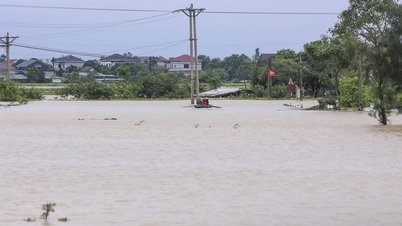
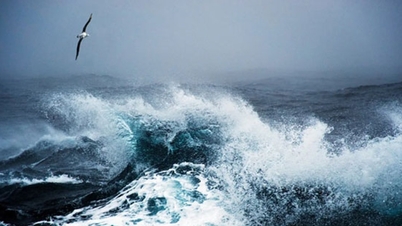
















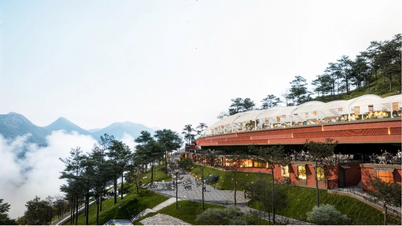





























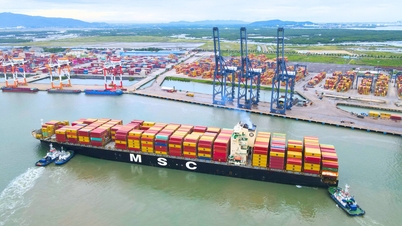




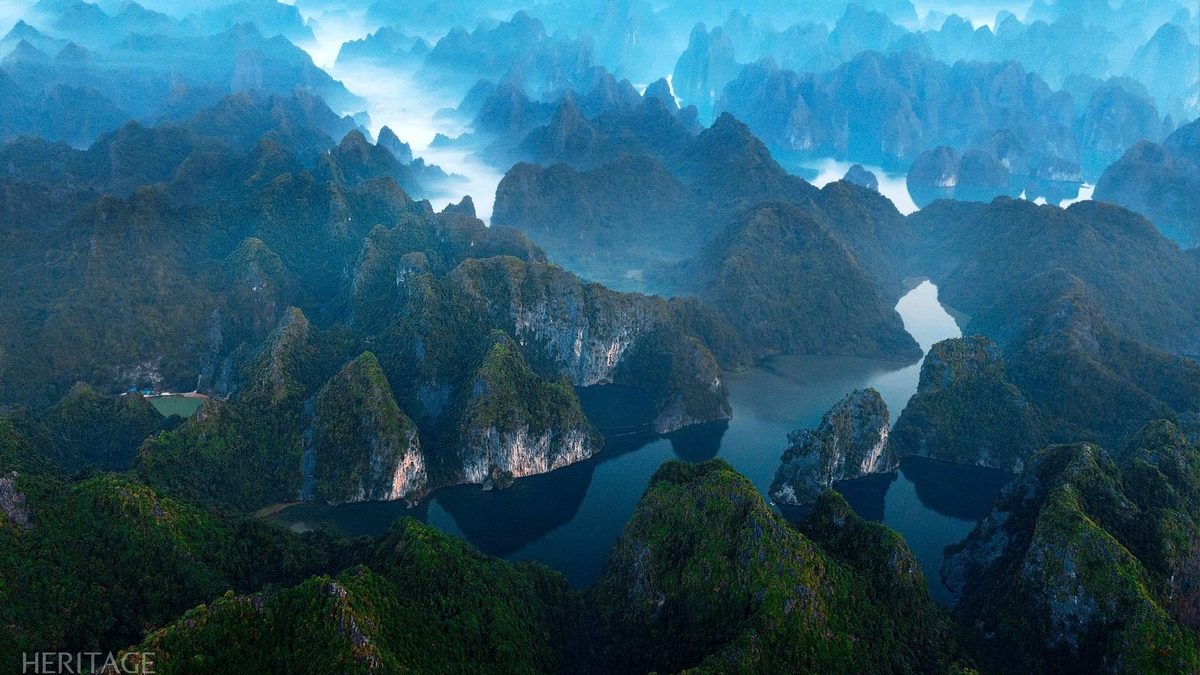


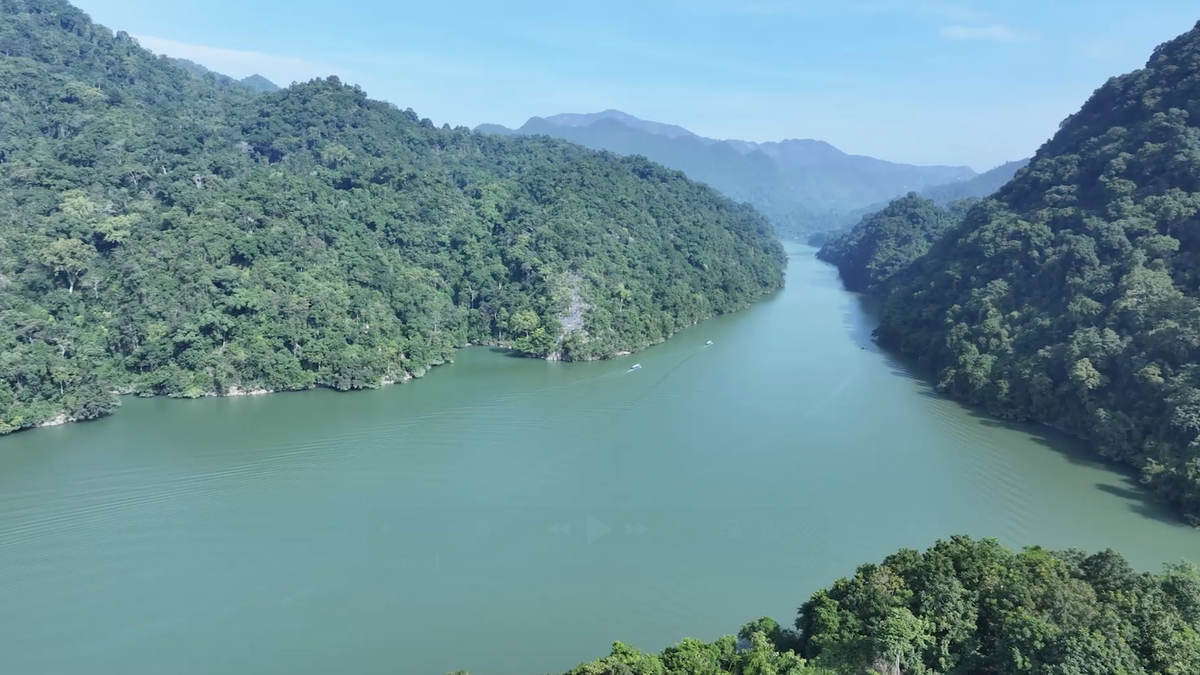








































Comment (0)